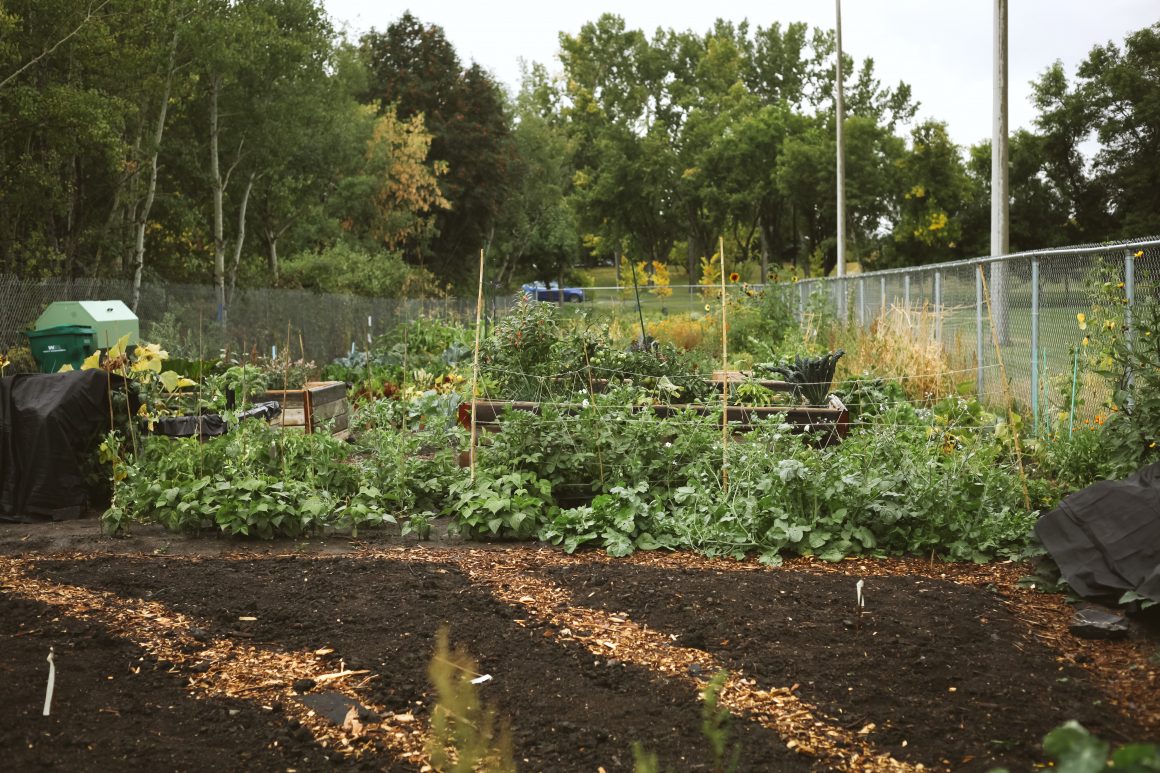
Sustainable U: Urban farming and your local community garden
By Rachneet Randhawa, May 26, 2021—
By 2050 around 66 per cent of the population will live in urban areas. Urban agriculture refers to growing, processing and distributing food and other products through plant cultivation and also includes raising livestock in cities and surrounding areas such as vacant lots, community gardens, balconies, rooftop farms, indoor farms and greenhouses to feed local populations. Aside from plant hobbyists and organic food aficionados, it is claimed that vegetation from urban farms has the potential to lower temperatures and greenhouse gas (GHG) emissions with conventional and large-scale agriculture contributing up to 30 per cent of GHG emissions.
Many urbanites save a substantial amount of money by growing subsidiary food crops seasonally and environmental costs including fossil fuels, water, pesticides and soil erosion. Although the overall goal of urban farms is not to feed entire cities — they aim to foster is greater awareness of our global food supply chain and nutrition and are a healthier alternative, providing for impoverished and underserved communities.
Famines, similar to wars and epidemics, are regular occurrences throughout history and range from a few months to a few years. Although severe and prolonged hunger in a substantial amount of the population is more likely for countries in the Global South, even westernized regions have their own urban poverty woes as evident by the consistent reliance on food banks. Small scale agriculture or “Sustainable Urban Agriculture” popularly touted as organic farming, motivates a reduction in GHG emissions, food waste, water and energy. Why is sustainable urban agriculture important? Ancient history has demonstrated that entire civilizations became endangered because of the poor management of their agricultural systems. Although the invention of farming began around 15,000-10,000 years ago it wasn’t up until the mid to late twentieth century that the negative environmental and economic consequences of our modernist and capital-intensive industry-focused agriculture began to emerge all across the globe.
The looming reality of global warming uncovers the reality of modern farming practices which have dysfunctional side effects including reduced environmental quality, health concerns like respiratory infections and economic insecurity. Unfortunately, our commercialized and industrial approach to farming in the 21st century has led us to believe there is a one size fits all solution. Albeit, the best fit for any farmer growing crops is unique based on the farm’s particular niche conditions and one in which yields and profits are not the sole determinants.
Examples of sustainable urban farming practices in North America include private yards and gardens, community projects like Grow Calgary, institutional initiatives, small commercial enterprises, aquaculture facilities including hydroponic or vertical farms, peri-urban agriculture, roof-top growing and urban husbandry including raising chickens and bees. Community gardens in particular are the best version of small-scale agriculture as they are the most versatile, inclusive and provide a sense of holistic wellbeing with numerous social, economic, educational and environmental benefits. For instance, local youth are trained in the food system and leadership development by honing farming skills and literacy at school gardens.
A community garden is a shared and semi-public space, where people in the surrounding neighbourhood come to gather and sow, tend and harvest fruits, vegetables, flowers and even livestock. The origins of city farming date back centuries, but in modern times the typical community garden consists of a handful of raised beds along with seeds and crops are transplanted sometimes with specific sections allotted and designated for different individuals and families. Local examples include the Hillhurst Sunnyside, Brentwood, Somerset Bridlewood or even our very own University of Calgary campus location.
There are other numerous benefits to getting involved in community gardening including improved health and wellness, a cleaner environment, educational opportunities, boosting social capital and urban design and aesthetics. One of the greatest benefits of sustainable urban agriculture is the fact that it increases social capital and civic engagement in low-income and marginalized communities. It increases social capital because of the sharing of knowledge and cultural values including traditions associated with food. The beauty of integrating sustainable and local farming within cities results in a positive feedback loop of many stakeholders who constantly monitor and manage the food systems that serve various niche communities and neighbourhoods.
Interested in getting more involved and developing your green thumb on campus? Check out the Community Garden Club now accepting volunteers at the variety of edible gardens around campus. Plots are still available for the 2021 gardening season. Interested in learning more about sustainable urban agriculture in the Calgary area? Join the Small Scale Agriculture Farm Management Certificate at Grow Calgary which includes free 50 hours of training in soil management, farm design, crop selection, cultivation, seeding, early germination — all essential skills to run an urban and organic farm. All ages and skill levels are welcome and accepted until the end of the growing season in mid-October. Shoot a message to volunteers@growcalgary.ca and sign up.
Sustainable U is a regular column focused on sustainability. This column is part of our Opinions section and does not necessarily reflect the views of the Gauntlet’s editorial board.
